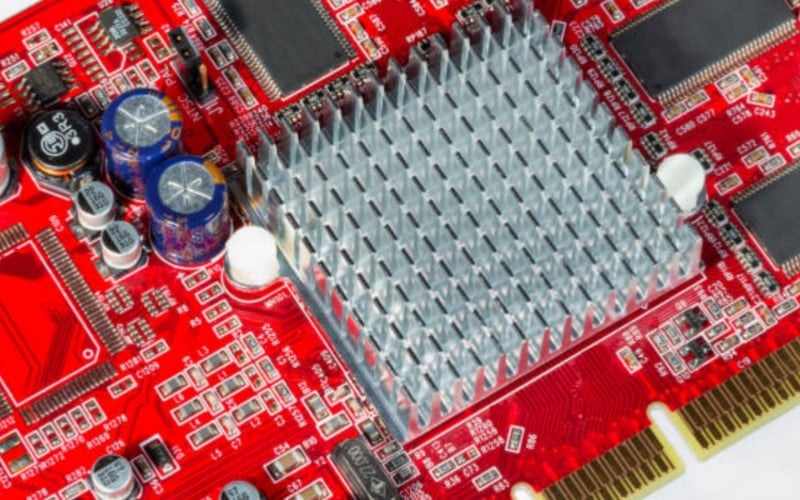Introduction
Overheating is one of the biggest issues that electronic devices face today. heat sink with heat pipe systems are a proven solution that effectively manages heat dissipation and prolongs the lifespan of electronic devices. In this article, we will discuss the importance of these systems in electronic devices.
What is a Heat Sink with Heat Pipe?
A heat sink with heat pipe is a cooling system that transfers heat away from electronic devices. It consists of a heat sink, which is a metal block that absorbs heat from an electronic component, and a heat pipe that transfers the heat from the metal block to the fins of the heat sink. Heat pipes are hollow cylindrical pipes filled with a working fluid that evaporates at the hot end and condenses at the cool end, making them an efficient way to transfer heat.
Types of Heat Sinks with Heat Pipes
There are two types of heat sinks with heat pipes: active and passive. Active heat sinks have a built-in fan that helps dissipate heat, while passive heat sinks rely on natural convection to cool the device. Passive heat sinks are preferred in situations where noise is a concern, while active heat sinks are appropriate for high-performance devices that generate a lot of heat.
Advantages of Heat Sinks with Heat Pipes
Heat sinks with heat pipes offer numerous advantages such as:
- Efficient heat dissipation
- Reduced risk of electronic device failure due to overheating
- Compact and lightweight design
- No moving parts, resulting in low noise and less maintenance
- Cost-effective solution for cooling electronic devices
Applications of Heat Sinks with Heat Pipes
Heat sinks with heat pipes are commonly used in a variety of electronic devices including:
- Computers and laptops
- Smartphones and tablets
- LED lighting
- Solar cells
- Industrial and medical equipment
Factors Affecting Heat Sink with Heat Pipe Performance
The performance of heat sinks with heat pipes depends on several factors, including:
- Design of the heat sink and heat pipe
- Working fluid used in the heat pipe
- Orientation of the heat sink
- Operating temperature of the electronic device
Installation of Heat Sinks with Heat Pipes
Proper installation of heat sinks with heat pipes is crucial to ensure their optimal performance. Some important considerations include:
- Ensuring proper contact between the heat sink and electronic component to be cooled
- Applying thermal compound between the heat sink and electronic component to improve heat transfer
- Properly attaching the heat sink to the device with screws or clips
- Ensuring proper orientation of the heat sink and heat pipe according to the manufacturer's instructions
Common Problems with Heat Sinks with Heat Pipes
Some common problems encountered with heat sinks with heat pipes include:
- Noisy fans in active heat sink systems
- Dry-out or leaks in the heat pipe
- Inefficient heat transfer due to improper installation
- Corrosion of the heat sink due to use of salty or acidic environments
Maintenance of Heat Sinks with Heat Pipes
To ensure optimal performance and prevent damage to the electronic device, heat sinks with heat pipes should be regularly maintained. Some maintenance tips include:
- Cleaning dust or debris from the fins of the heat sink
- Checking for leaks or blockages in the heat pipe
- Replacing the thermal compound between the heat sink and electronic component periodically
- Replacing a faulty fan in active heat sink systems
Conclusion
Heat sinks with heat pipes are an important component in electronic devices that require efficient heat dissipation. They offer numerous advantages and are widely used in various applications. Proper installation and regular maintenance can ensure optimal performance and prevent damage to the electronic device.

